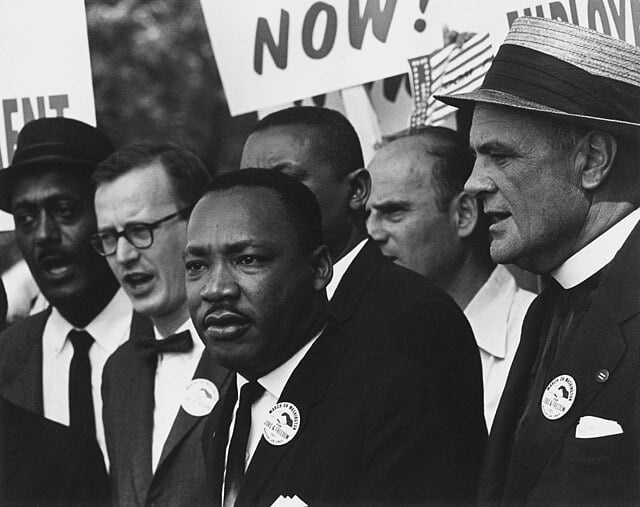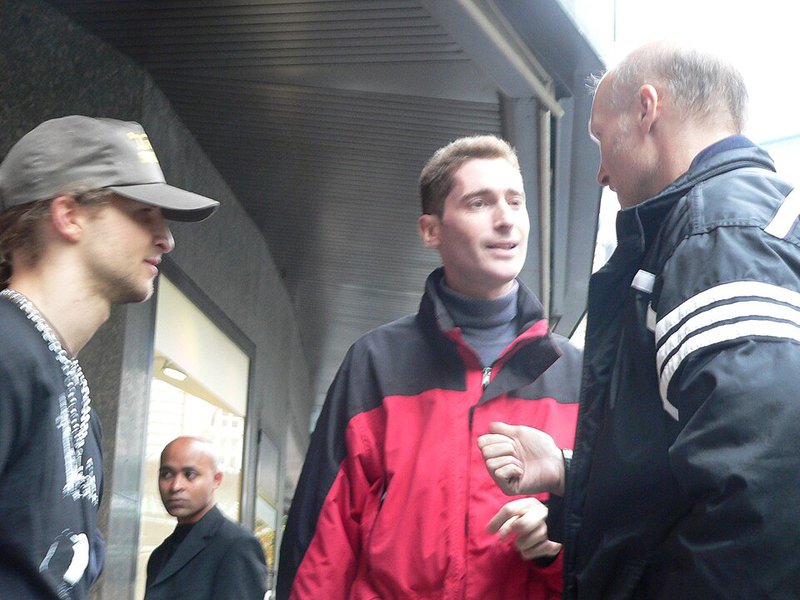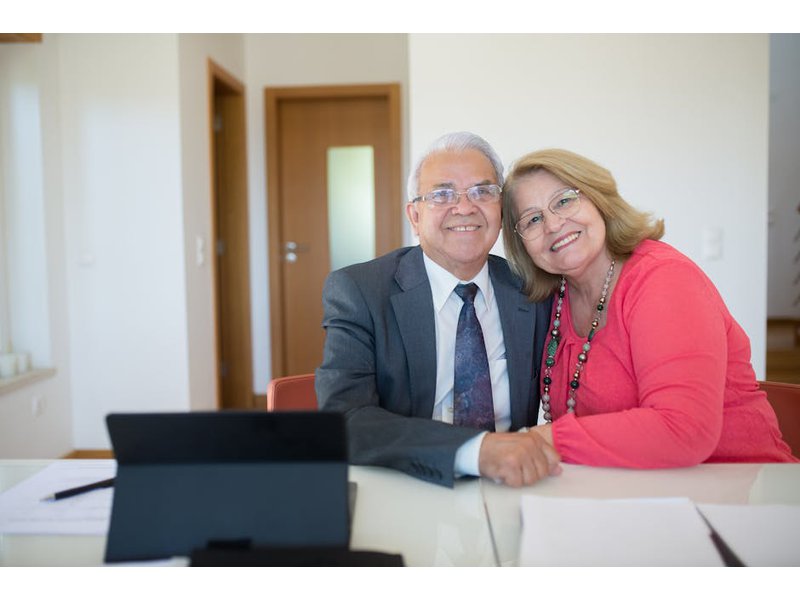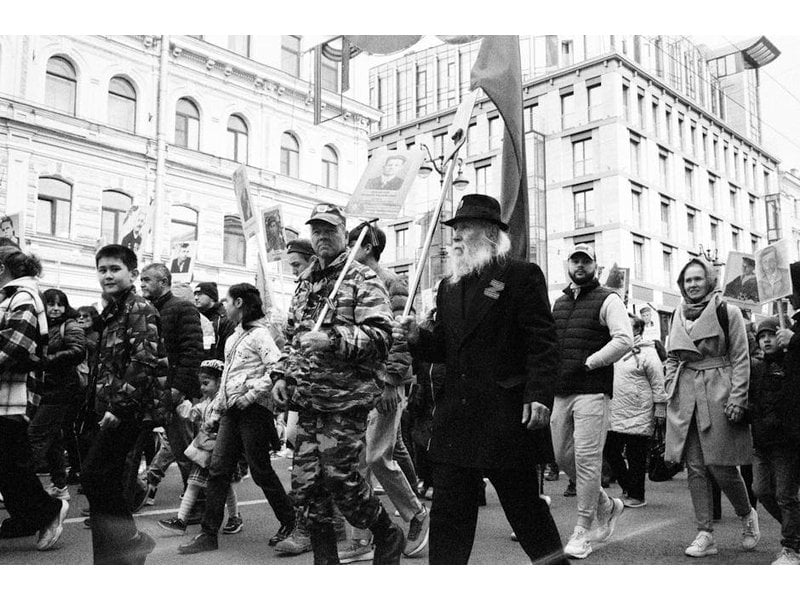164 ride in
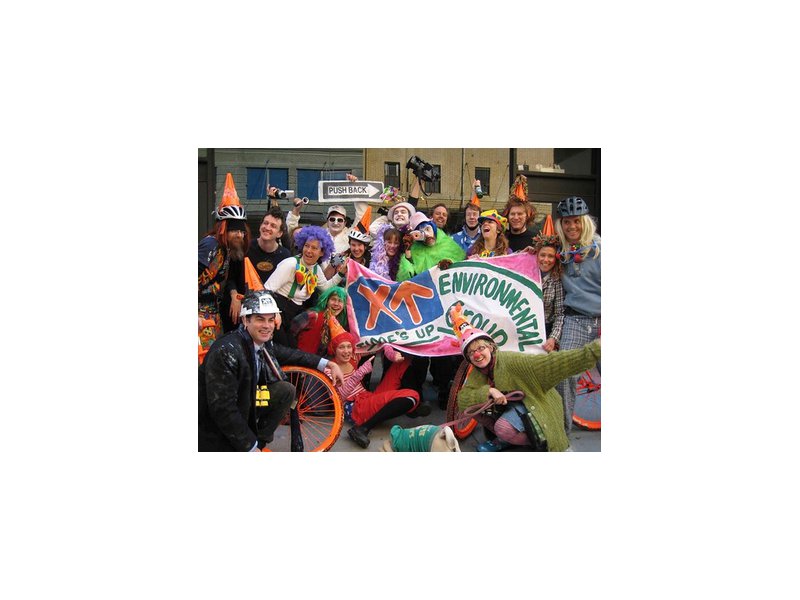
"The ride-in, popularly known in the United States as the freedom ride, is a type of sit-in adapted to public transportation. It was widely used during the 1960s in the United States against racial segregation on buses, although its earlier use was more diverse. In this method Negroes and whites persist in sitting in sections of buses or other vehicles opposite to those assigned to them. Sometimes such actions have violated company regulations or local and state laws. More recently, since federal rulings have outlawed such segregation, ride-ins were taken to bring local practice into conformity with the law."...
Potentially problematic matches
High scoring campaigns using this method
Historical cases from the Nonviolent Action Database that used this method
Freedom Riders end racial segregation in Southern U.S. public transit, 1961
In 1947, the Congress of Racial Equality (CORE) conducted a “Journey of Reconciliation” to direct attention toward racial segregation in public transportation in the Southern U.S.A. Although this initial freedom ride campaign was not regarded as a gr...
French farmers protest falling food prices, July-September 2015
In 2014, French livestock farmers experienced a six to eight percent decrease in prices of their goods due to falling prices worldwide, a Russian embargo on European Union goods, as well as competition between supermarkets, while distribution compani...
Philadelphia African-Americans desegregate trolley cars, 1865-1869
In 1865, the Civil War shook the foundation of the United States when the South was forced to give slaves their freedom. Although the slaves were granted their freedom, African Americans were still severely restricted in their everyday activities. On...
Tallahassee black community boycotts buses for desegregation, 1956-57
On May 27, 1956, Wilhelmina Jakes and Carrie Patterson, two female students at all-black Florida A+M University in Tallahassee, Florida, paid their ten-cent fares and boarded a segregated city bus. They sat in seats normally occupied by white people,...
Israeli women campaign for desegregation of gendered buses, 2007-2011
In the early 2000s Israeli bus lines began gender segregation as part of a pilot project. The gender segregation was part of the ultra-orthodox community’s religious guidelines. By February of 2007 there were more than thirty gender-segregated Haredi...
African-Americans in Birmingham, Alabama, protest segregation, 1956-1958
In the mid 1950’s, segregation was widespread and legally enforced throughout the American south. Birmingham, Alabama was a hotspot of black activism in opposition to segregationist policies. Between December 26, 1956 and November 1958, Birmingham bl...
Low scoring campaigns using this method
Historical cases from the Nonviolent Action Database that used this method
